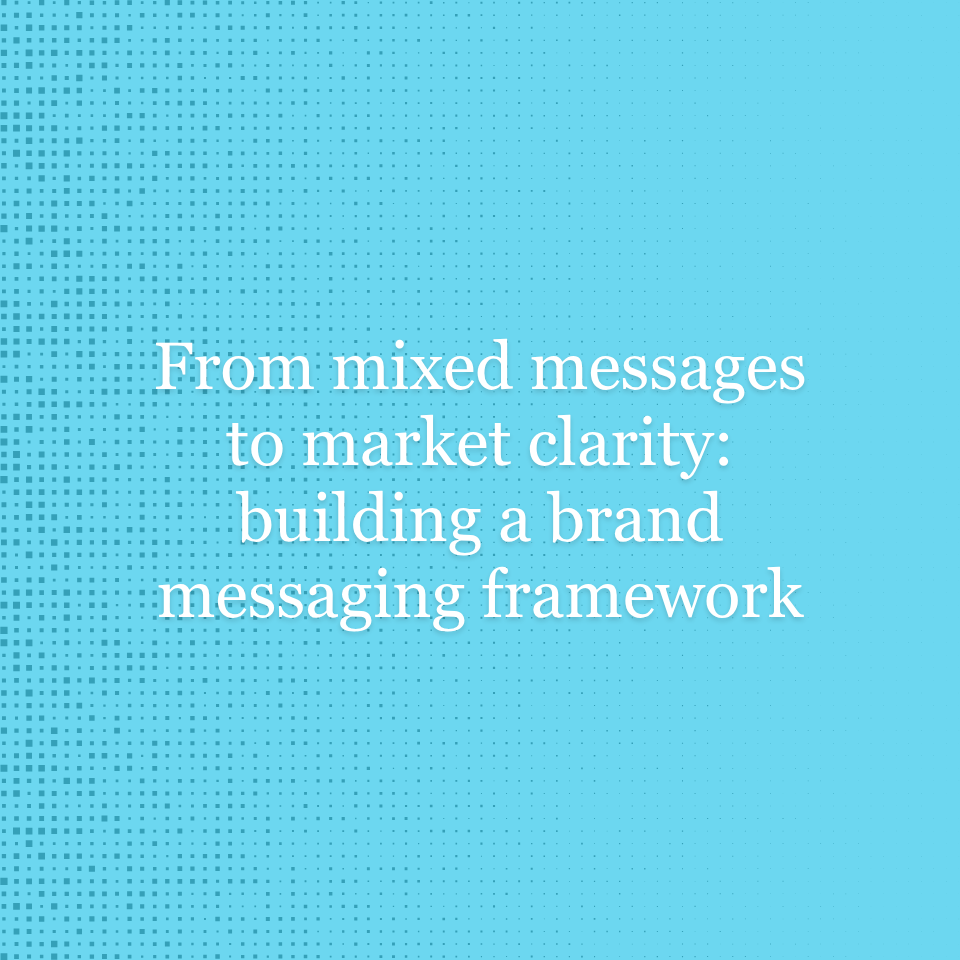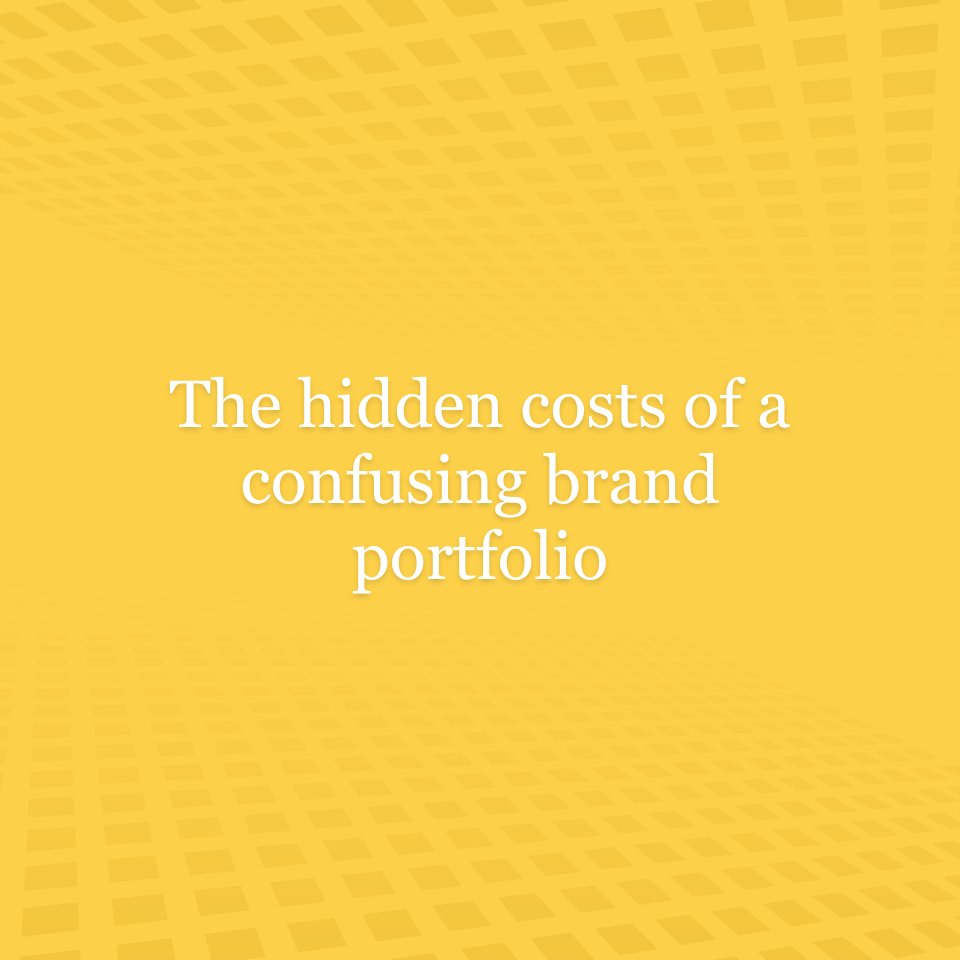Like so many people, Northbound is grappling with a changed world. We wanted to know how our fellow Americans were feeling – are they optimistic or pessimistic? Do they feel united or scared? Have we put our health above our wealth? We recently conducted the first of what will be several monthly surveys of US consumers during COVID-19. The survey was run among all American households, at a 95% confidence level, with a plan to run the survey once/month for the foreseeable future, allowing us to capture how perceptions, attitudes and feelings change over time. Our first wave of this survey ran April 4th-7th.
Just as we’ve been heartened to see companies rise to the challenge of these times – by offering a discount on car insurance, by adding new safety and protection measures in store, by introducing take out menus, by adjusting their loyalty programs, and by redirecting their on-shore production and manufacturing – we were heartened by much of what we heard back from Americans, too.
What we’ve learned thus far is that the most important thing right now to consumers is the health and safety of fellow people (79%) - more so than the economy. Generally, people believe that there may be short-term economic impacts, but still feel optimistic about the direction of the economy after COVID-19. Consumers feel empowered and want brands and companies to underscore that empowerment by providing information and a sense of safety. They also expect companies to pitch in to be part of the solution – through manufacturing, their supply chains, or by implementing new health and safety related services and procedures.
Below we’ve laid out some more detailed insights from our research regarding consumers’ feelings of personal responsibility for promoting community health, perceptions of economic outcomes, and consumers’ expectations for what brands should be doing and saying during this time.
Uniting Behind Community Health
In the midst of fear, uncertainty, and isolation, people are feeling empowered, with 2/3 of the surveyed sample believing that “it’s in my power to improve the situation for those around me.” They are taking up the mantle of empowerment by following health and government guidelines as well as supporting small business. The majority of consumers (77%) agree that now is the time to follow the advice of health and governmental authorities, and at the same time, consumers share a social responsibility to help small businesses during this crisis (67%). This was so much true, that people shared mixed opinions about getting back to work as soon as possible - likely because they believe they must wait on a medical and/or government directive to do so.
Economic Sacrifice is Necessary Because We Haven’t Hit Bottom Yet
People believe we haven’t hit bottom yet, and that the COVID-19 situation is still getting worse. In fact, 70% believe economic sacrifice is necessary right now to limit the severity of the virus and disease. Only folks who believe the COVID-19 situation is getting better index slightly higher for agreeing that the economy is the most important thing right now.
According to this McKinsey article, while consumers are feeling optimistic, their income, spending, purchasing behaviors are changing. Our research confirms these trends.
Half of those surveyed agreed that people should limit all nonessential spending, and are themselves limiting spending, suggesting a great degree of uncertainty remains about how long and how deeply they believe the economic impact of this crisis may be. In fact, 69% reported that they personally are cutting back on spending right now. This outweighs the 48% who say their income has been negatively impacted by COVID-19.
Overall, people are feeling optimistic (64%) about economic conditions after the COVID-19 situation is over, with another 21% feeling neutral (neither optimistic nor pessimistic). And, while Americans may be spending less money, they are trying new products and experiences that they never had before (online fitness, video conferencing, curbside food pickup, etc.), and plan to continue many of these behaviors once the crisis has gotten more under control. This could be a time not just of tremendous change, but of tremendous innovation.
Companies Need to Meet Consumers in the Conversation
Consumers believe (68%) that companies must promote social distancing, no matter the toll on the economy. Americans expect companies to help their individual employees who may be without pay or even laid off for the time being. More than a third of consumers expect companies to shift their operations or lend their operational capacity or contacts to the cause – either by shifting manufacturing or by easing the supply chain for goods needed to fight the health crisis. Implementing new safety measures and providing new services are also expected from companies by about a quarter of all consumers surveyed.
Beyond implementing safety measures, protecting employees, and contributing their resources to the greater social good, consumers want companies to help them stay safe and stay informed. People want brands to be reassuring and optimistic, but without false platitudes or ignoring the fact that things aren’t getting better right now. When it comes to what people expect or want to feel from brand and companies, top of their list is to feel safe and informed. Wanting companies to help them feel “normal,” “reassured,” and “positive” are next on their list, but at quite a distance. People do not want companies to help them feel better, good, happy or relaxed.
The author of a Medium article entitled Prepare for the Ultimate Gaslighting has suggested that brands might take advantage of consumers’ vulnerability, and desire to feel ‘good’ or ‘normal’ again once this crisis begins to stabilize. Our findings show that while people want to feel safe and informed, they don’t want to be told that things are okay when they are not.
The Jury is Out
People are not yet convinced one way or the other that this situation is going to net out in either a positive or negative result overall for humanity. They seem to be saying it’s too soon to tell - waiting and watching to see if this is having positive effects, such as being able to focus on the important things in life, or bringing the world together, or if the fear and isolation is creating irreversible damage. Results show an even spread across perspectives both positive and negative on all counts, with the highest percentage of people feeling neutral.
Although nobody knows how this chapter in history will end, we do know that our current realities are shifting daily. We will take another dip into consumer opinion in May using the same methodology and survey questions to gauge any longitudinal changes or trends.
Sign up here to participate in a virtual discussion on these trends. And finally, if you’d like a full report on our April survey insights, feel free to request here.
Stay tuned, stay home, and stay well.

Samantha Temple Neukom | Partner, Chief Brand Officer





